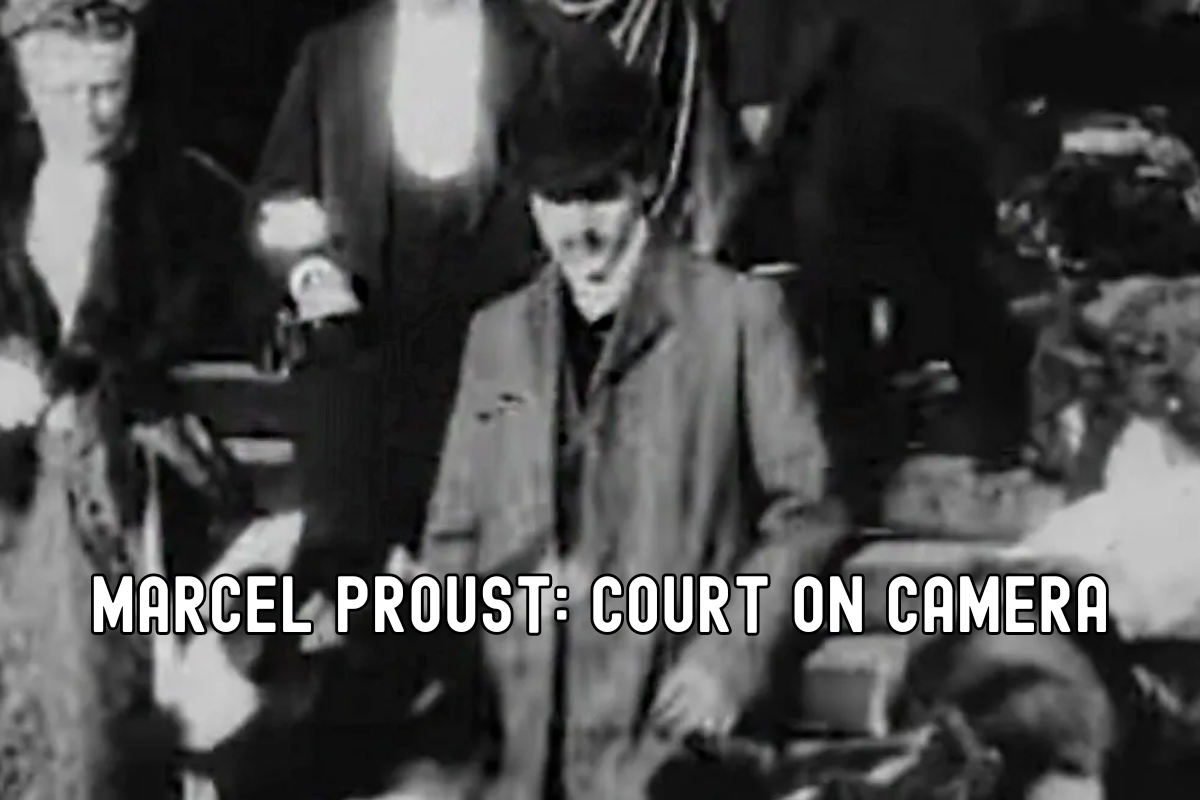When else would it be appropriate to share a photo of Marcel Proust mimicking playing the guitar with a tennis racket if not on the opening day of Wimbledon?
In France, much like in England, tennis sparked exhibitions of social and intellectual elitism. The seemingly mindless physical activity associated with the newly introduced British sports distinctly delineated the realms of the mind and the body. These rituals contributed to a harmful trend of Anglomania that was spreading among the upper echelons of French society in the late nineteenth century.

English expressions became prevalent in the language, and fashionable social customs like afternoon tea gained popularity. New tennis clubs, such as the one on Boulevard Bineau in Neuilly, emerged. During the early 1890s, it served as the ‘love court’ for Jeanne Pouquet and Marcel Proust, as depicted in an 1891 photo at the Neuilly-sur-Seine tennis court on Boulevard Bineau.
Despite being too frail to play, the young writer primarily focused on entertaining a circle of young girls and offering them delicacies. As noted by André Maurois, there were occasions when the tennis ball would land amid the petits fours, causing glasses and young women to scatter.
Marcel would playfully accuse the players of aiming “with malice and without cause.” Instead of playing, Proust contented himself with taking photographs of the group.
In subsequent years, Proust, while outlining his ambitious project, penned a letter to Jeanne Pouquet, who had become Madame Gaston de Caillavet by then. He expressed, “Within it, you will discover traces of the emotion I once experienced when pondering whether you would be present at the tennis gathering.”
However, he questioned the value of recalling moments that she deliberately and mischievously feigned ignorance of.
Also Read: Posing for Posterity


